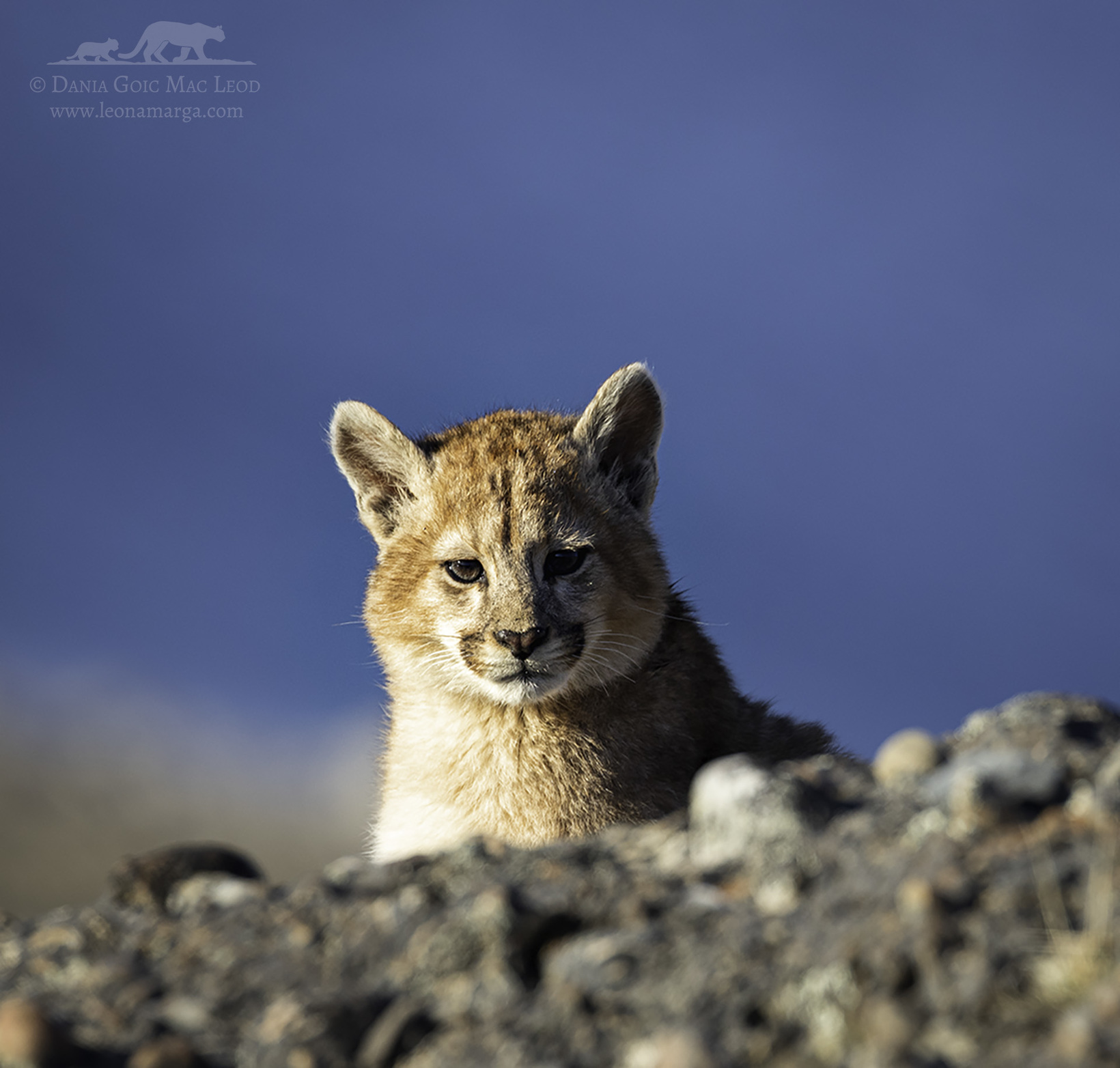Project Summary
This project fits under the following two categories: 1) supporting community wildlife conservation, and 2) raising awareness to change behavior. The purpose of this project is to support a conservation effort adjacent the UNESCO Biosphere Preserve, Torres del Paine National Park in southernmost Chilean Patagonia, where private ranches are proposed to be included in an expansion of the existing reserve. This project is intended to conserve Patagonia’s apex predator, the puma (Puma concolor), and the ecosystem services it provides, by increasing tolerance for large predators among local people, reducing puma-human conflict and puma killing, and collaborating with diverse stakeholders, ranging from local ranchers to government agencies, on the development of model puma tourism practices. Wildlife tourism holds the potential to contribute to the conservation of species and landscapes, if well-managed, by providing economic incentives for maintaining predator populations, employment for local communities, and opportunities for predators to become flagship individuals that increase political support for conservation more broadly. Specific activities include: (1) assess and describe economic incentives of puma tourism for local ranchers; (2) in collaboration with local guides, establish puma science practices for recording observations, monitoring pumas, and analyzing existing knowledge; (3) measure stress in pumas to assess negative impacts of tourism to inform protocols moving forward; (4) initiate a collaboration with experienced guides in the creation of safety training materials and in providing safety trainings on puma behavior and what to do with curious/aggressive animals; (5) in collaboration with local guides, initiate a Guides Association to provide oversight for tourism practices moving forward; and (6) share our work in writing and in person, during public forums about puma conservation, the pros and cons of puma tourism, forming a Guide Association, and safety workshops.
